TENBY International School SETIA ECO HILL campus Malaysia International School Tour No.33
- Erik & Aya

- Aug 25
- 6 min read

This time, we visited Tenby International School Setia EcoHill, located in the suburbs of Kuala Lumpur. Tenby has six campuses across Malaysia, three of which are in the greater KL area. Among them, the Setia EcoHill campus offers the most affordable tuition fees.
For families who are not particular about being close to the city center and are looking for a school with lower fees and a spacious campus, this is a hidden gem. The school is also open to considering students who do not yet have strong English proficiency, and Tenby provides a well-developed English support system tailored to such students.
Located in the Semenyih area of Selangor, about a 40-minute drive southeast from the heart of Kuala Lumpur, Tenby International School Setia EcoHill sits on a spacious campus and is a well-established school with a history of 60 years. It is also popular among local families and currently has around 1,200 students (subject to change), making it a large-scale school.
The campus offers a wide range of facilities and a sense of openness, providing an environment where children can enjoy a relaxed and enriching school life. The surrounding neighborhood is filled with residential areas and greenery, with no tall buildings in sight.
Adjacent to Setia EcoHill is the upscale residential area of Eco Majestic, and the area around Tenby International School is well-developed, with clean and organized streets. There is also a park nearby.
Tenby campuses are located across Malaysia in Ipoh, Penang, Johor Bahru, Setia Eco Park, Setia EcoHill, and Tropicana Aman, each boasting a spacious and expansive campus.
The following is an excerpt from the school's official website.
Vision
Nurturing curious and confident minds, and empowering them to shape the future.
Tenby International School Setia EcoHill aims to nurture each student’s curiosity and confidence through learning, fostering a lifelong passion for education. As a member of the International Schools Partnership (ISP), we are part of a global network of schools, and our vision is to develop the next generation of leaders with global perspectives and compassionate hearts.
Mission
A structured, opportunity-rich, and supportive learning environment that brings out each student’s individuality and full potential.
We implement an educational approach based on our "Pillars of Learning," empowering students to take ownership of their learning, ask questions, and grow. Through creativity-inspiring facilities such as the Eco Garden and Innovation Centre, more than 100 co-curricular activities, and personalised learning pathways, we nurture real-life skills and a spirit of inquiry. Our mission is to help students take responsibility for their own learning and equip them with the strength to thrive in an ever-changing world.
Click here for What's App
Click here for Line
Click here for Email
<School Field>
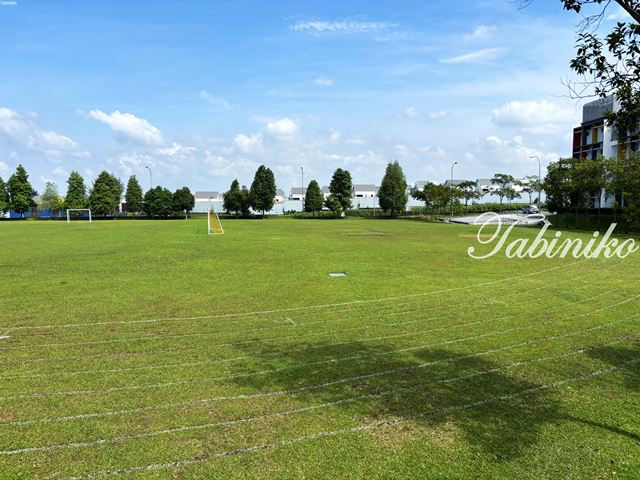
There are running track lines marked on the grass field.

The vivid green grass, blue sky, and surrounding trees create a picture-perfect scene. It must feel amazing to play soccer on such a huge field! (#^.^#)The ground is so vast that the soccer goals actually look small in comparison!(≧▽≦)
<Pool>

There is also a large swimming pool.
<Indoor basketball court & football pitch>

At the front is a court used for both basketball and football, with a floor made of interlocking plastic tiles. In the back, there is a court for basketball and badminton. A large mesh curtain in the middle allows the space to be divided as needed.
<Gymnasium>

The gymnasium is air-conditioned and soundproofed, making it suitable for sports as well as various events.
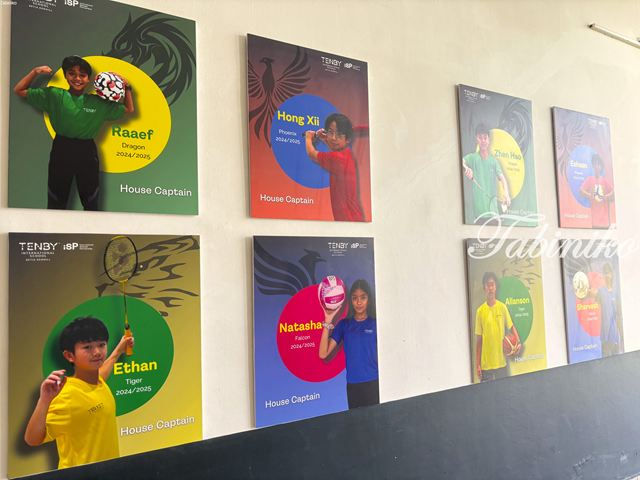
They are excellent students.

Students are grouped into four house colors, fostering a sense of identity and team spirit. During events like Sports Day, these houses compete in a fun and spirited atmosphere. This house system encourages teamwork, healthy competition, and belonging within the school community.
<Garden>

At the heart of the school campus is a vibrant garden where a variety of vegetables and fruits are grown. Students can find corn, pandan, chili, bananas, papayas, dragon fruit, and more — offering hands-on learning experiences close to nature.
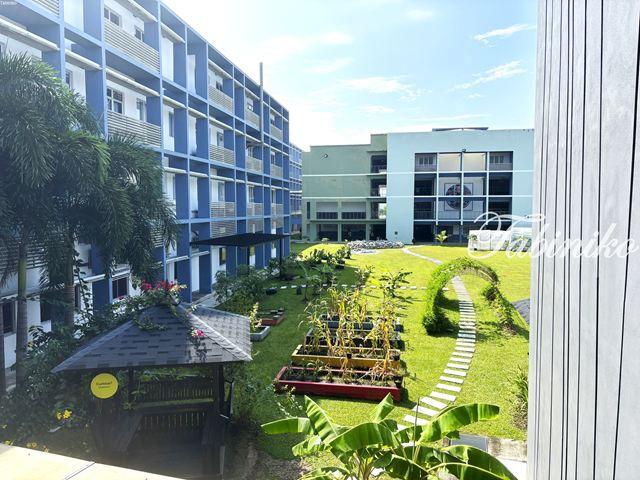
It was a spacious garden where various plants were being cultivated.

These are fruit trees.
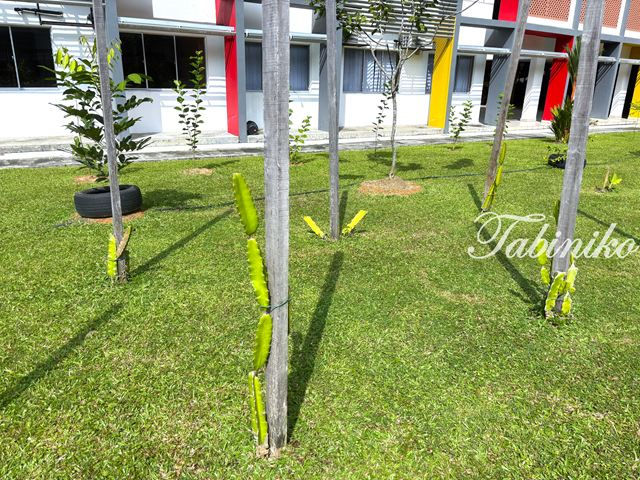
These are dragon fruit trees.
The dragon fruit is a fruit from the cactus family, belonging to the genus Hylocereus. There are two types of fruit: round and elongated. As the plant grows, it can reach the height of an adult, producing many long, vine-like cacti, with dragon fruits forming at the tips. The round fruits have pink flesh inside, while the elongated ones have white flesh.
By growing tropical fruits, you can naturally learn about Malaysian food and local agriculture.
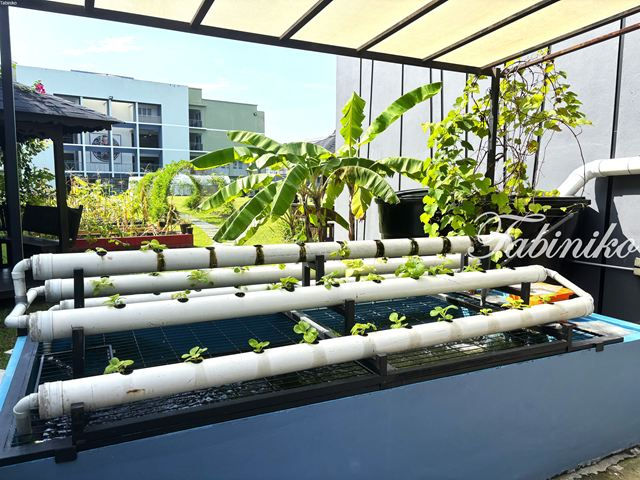
They also practice hydroponic farming using rainwater.

These are tapioca leaves.
<Library>

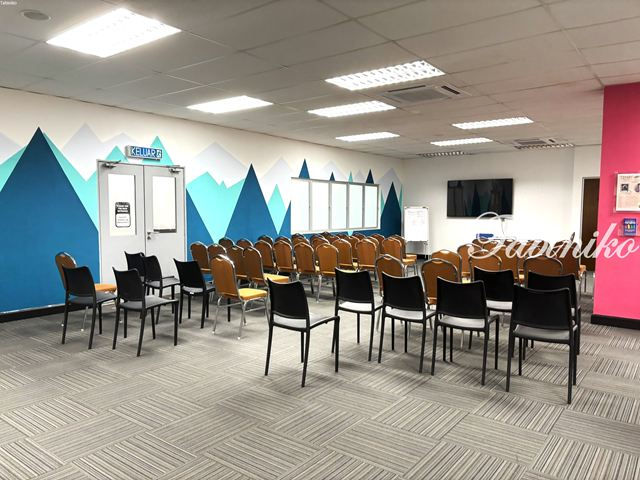
This area of the library is where regular coffee mornings are held with teachers and parents. It's really nice to have such opportunities for interaction!
<Cafeteria>
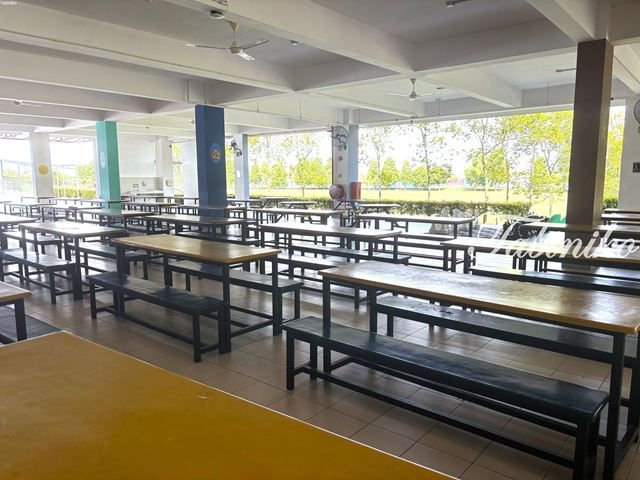
Next to the cafeteria is a grassy field.

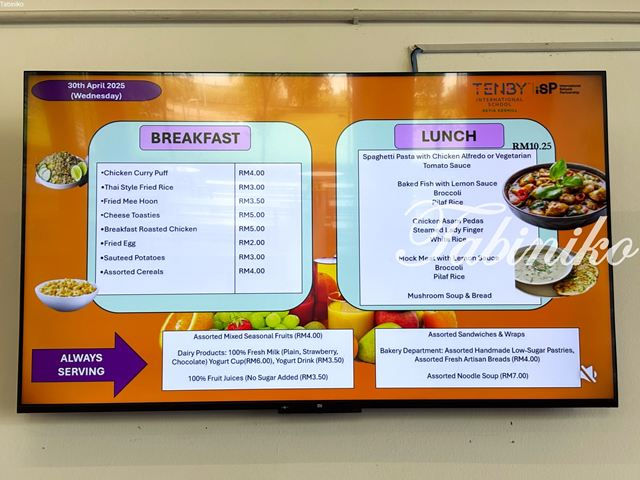
Since there are children of various nationalities, they can choose from several menu options.
<Meeting room for various clubs>


I forgot to take a photo, but this room has tables and chairs, and various teams hold their meetings here.
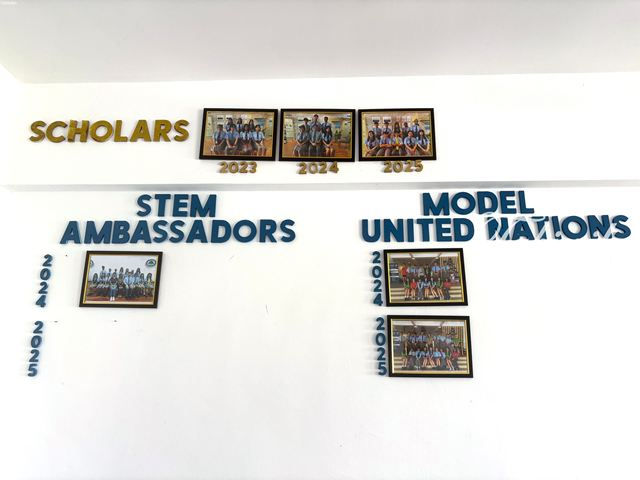
Photos of students who received scholarships (SCHOLARS) were also displayed.
<Forest Class>
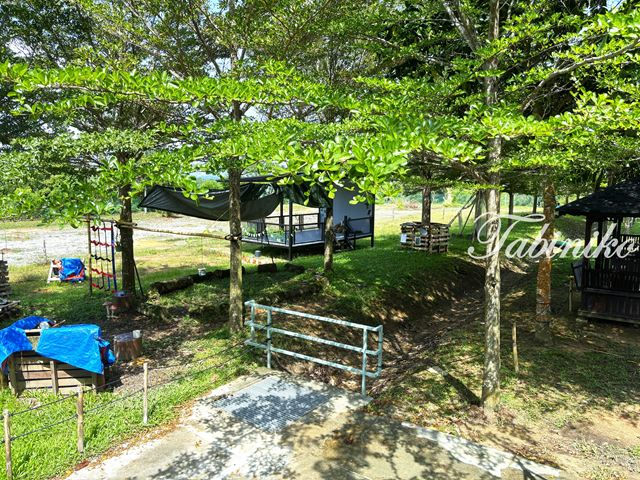
This area next to the school building is where they also hold a class called "Forest Class."
<Year 1 Classroom>
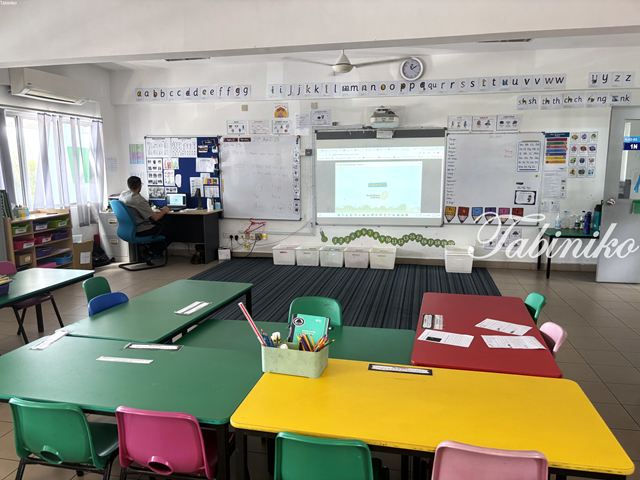
The colorful chairs and desks are so cute! (#^.^#)

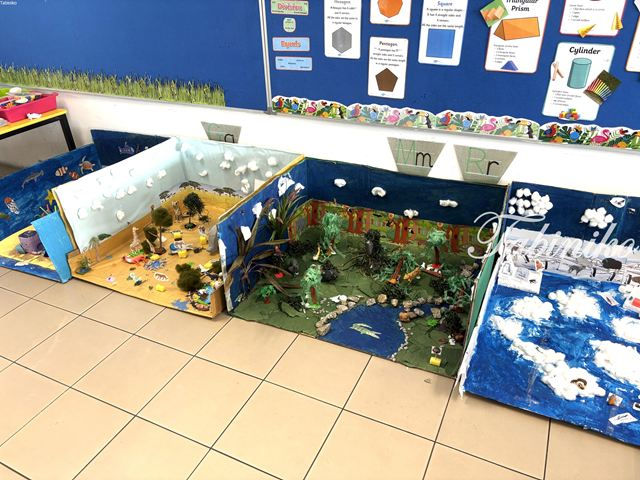
There are also group projects on display. I believe that creating something together in a group from a young age is important for developing a sense of cooperation.
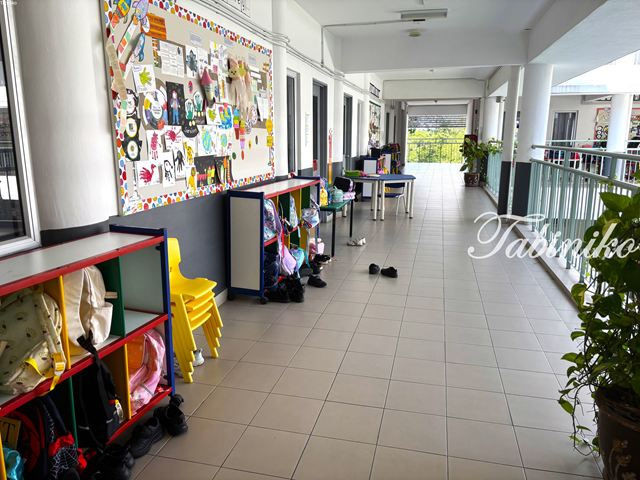
The hallways were spacious, well-lit with natural light, and neatly organized.
<Year 4 Classroom>



<Computer Room>
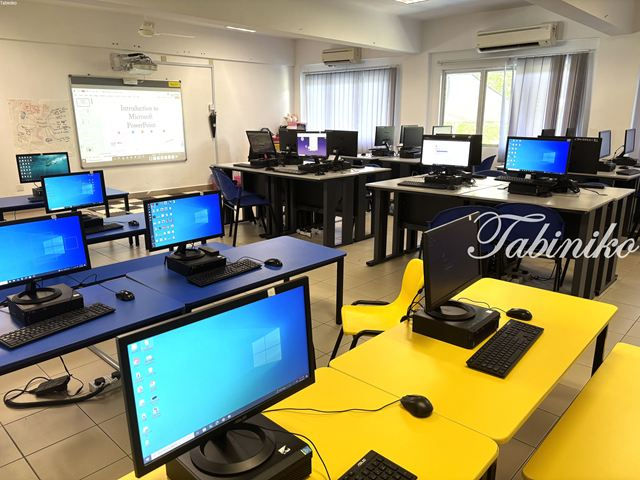
There are also smaller desks and chairs so that even younger elementary students can use them comfortably.
<Malay Language Classroom>
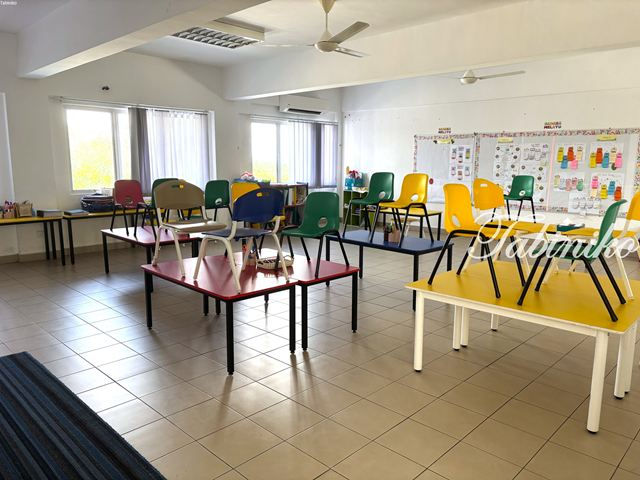
<Corridor outside of the Art Room>

<Secondary School Classroom>

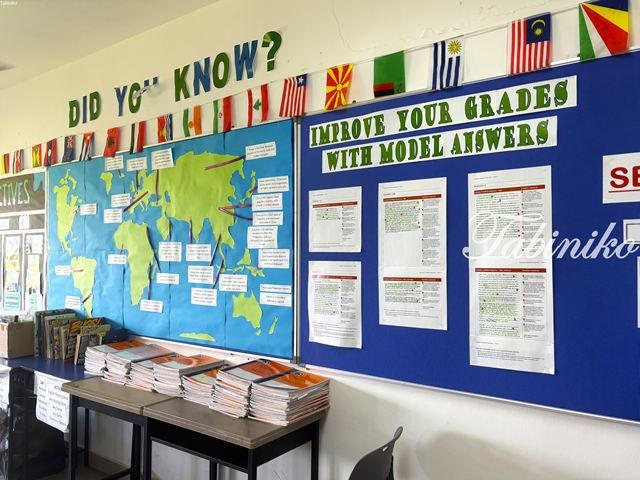
<Chinese Language Classroom>

The Chinese classes are divided into advanced, intermediate, and beginner levels from front to back. I don’t think many schools offer three separate classes by level for Chinese language instruction.
<Computer Room>
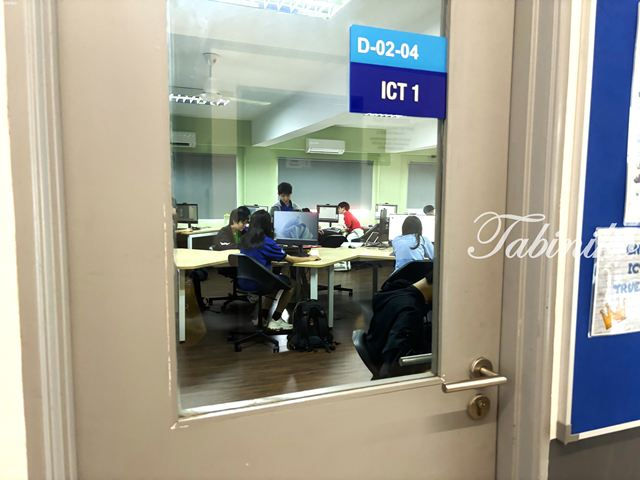
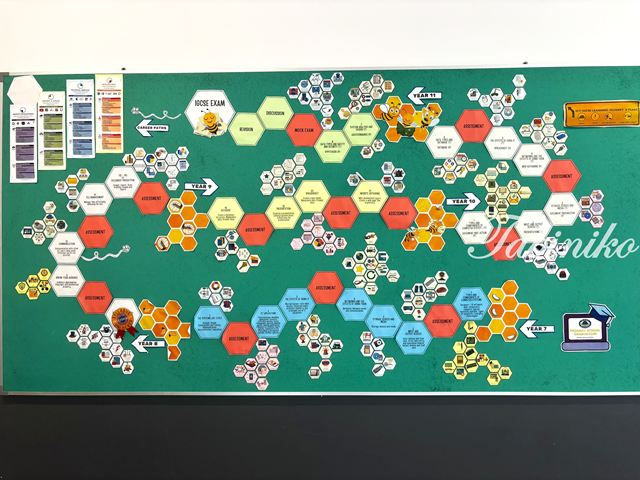
This is the bulletin board in the hallway outside the computer room. It had lots of information about computers, but at first glance, it looked like a science bulletin board.

There were various explanations posted in the hallways of each subject’s classrooms. I wonder if everyone works together to create these.
<Science Lab 1>
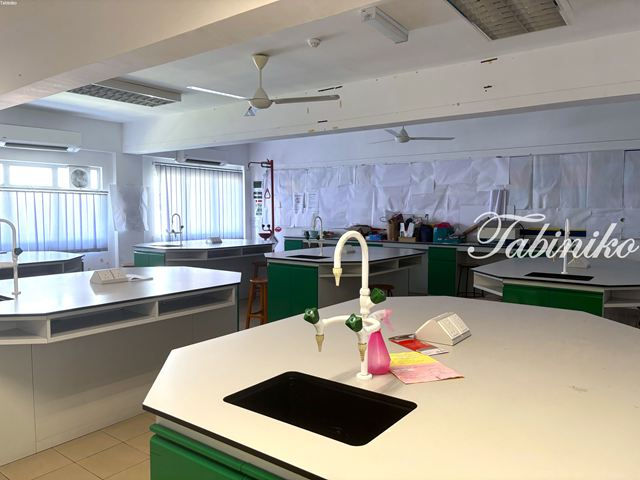

Tenby is a school that offers STEM education*.
*STEM education (Science, Technology, Engineering, and Mathematics education)
It is a new 21st-century education system designed to develop individuals with international competitiveness who can adapt to a global society. From a young age, students are exposed to robotics and IT technologies and are encouraged to cultivate the ability to learn independently so they can effectively use artificial intelligence (AI).
This learning style is different from the traditional "teacher teaches, students memorize" approach.
S: Science
T: Technology
E: Engineering
M: Mathematics
The term STEM comes from the initials of these four fields, which are emphasized in this education.
The goal is not only to produce talented people skilled in “science and technology” or “IT,” but fundamentally, it aims to nurture children who can learn and understand things by themselves.
<Science Lab 2>


There are several science labs.
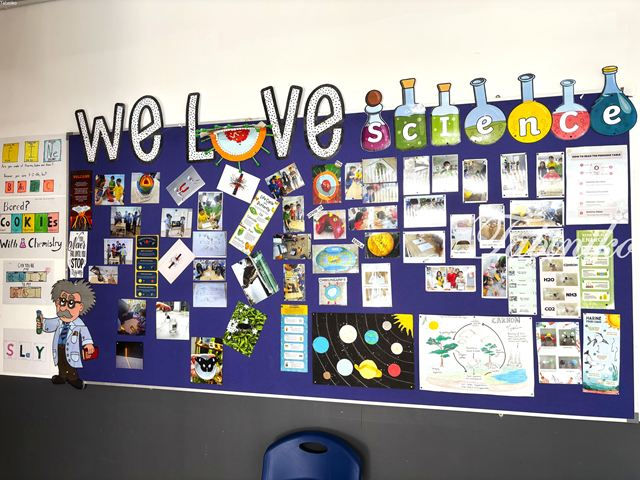
It's a lovely bulletin board! (#^.^#)
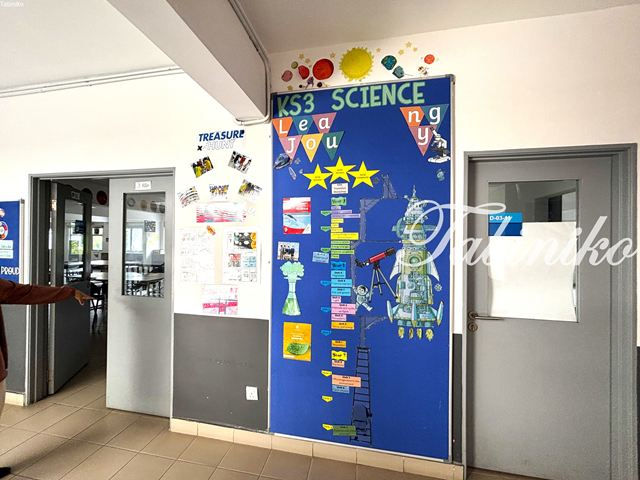
A bulletin board about space.
<Cooking Classroom>
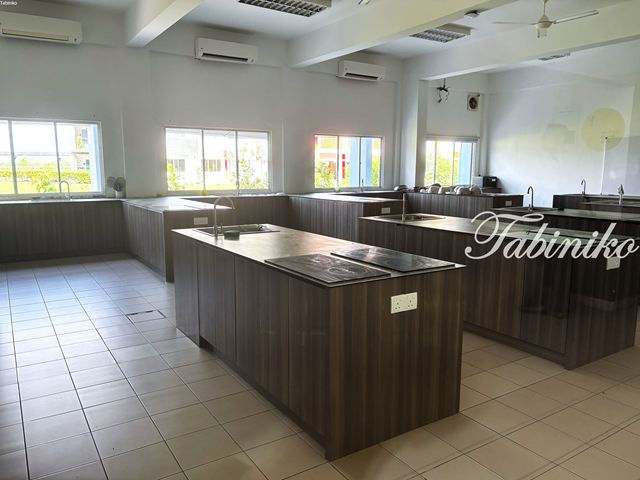
The cooking classroom is located next to the garden where they grow vegetables, so I imagine they harvest the veggies and use them in their cooking. Growing and cooking their own food provides a wonderful environment for learning about nutrition and food education.
<The corridor outside the Art Room>
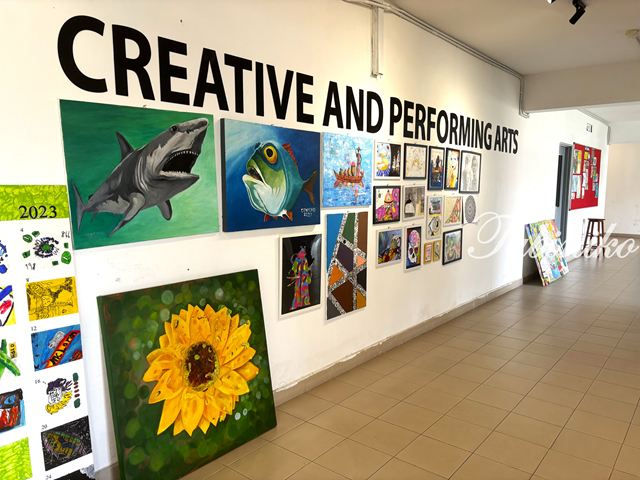
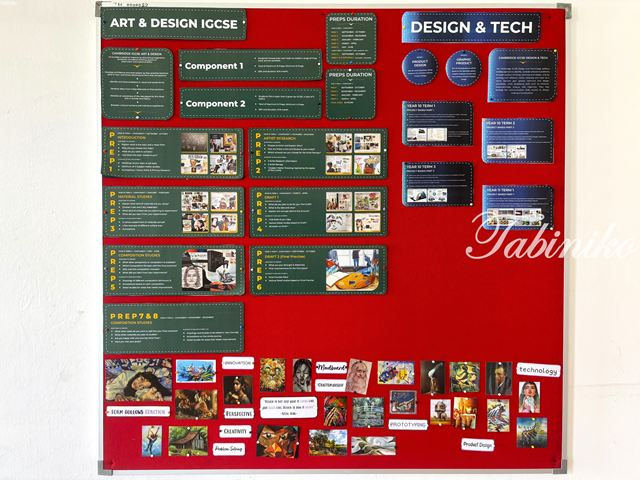
This is the bulletin board in the hallway of the Art Room. It’s about art, but it looks quite challenging.
<Music Room>

<EAL Class (English as an Additional Language Class)>
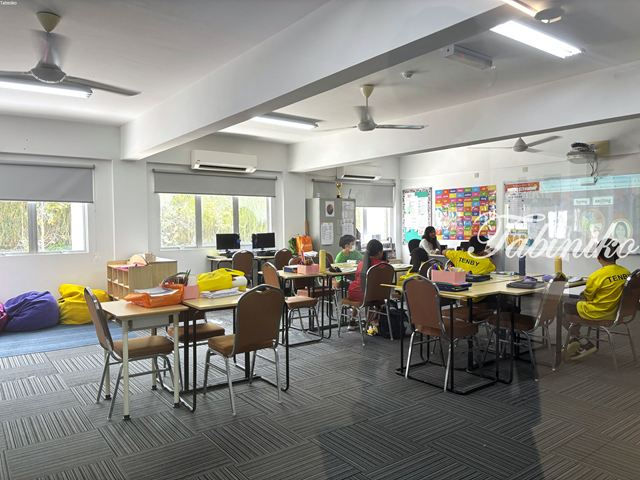
<Kindergarten>

There is also a small, shallow pool for little children.
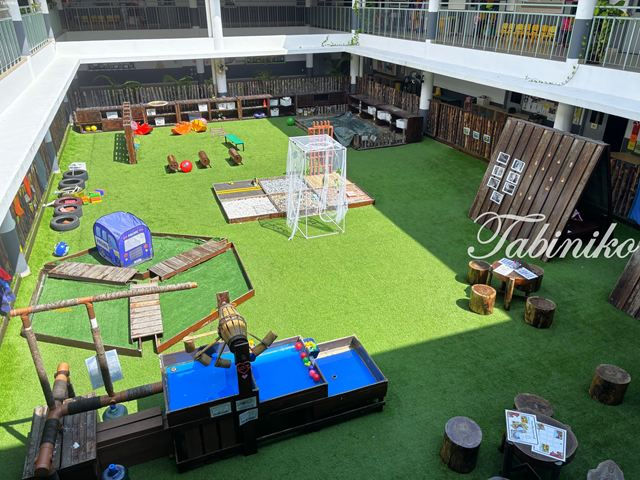
This is the playground in the school courtyard. It has various equipment for water play, sand play, and more.
<Cafeteria in Kindergarten>
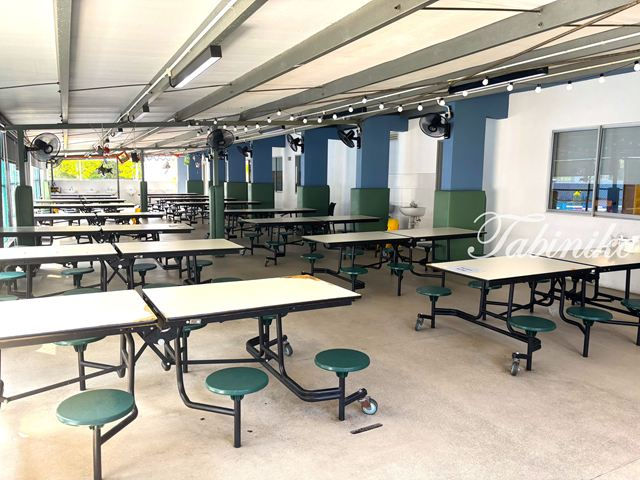
<Nurse's Office>

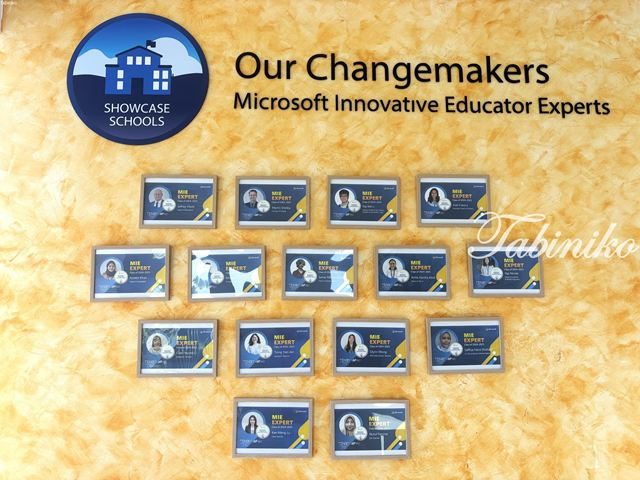
These are the principal and the lead teachers for each grade level.
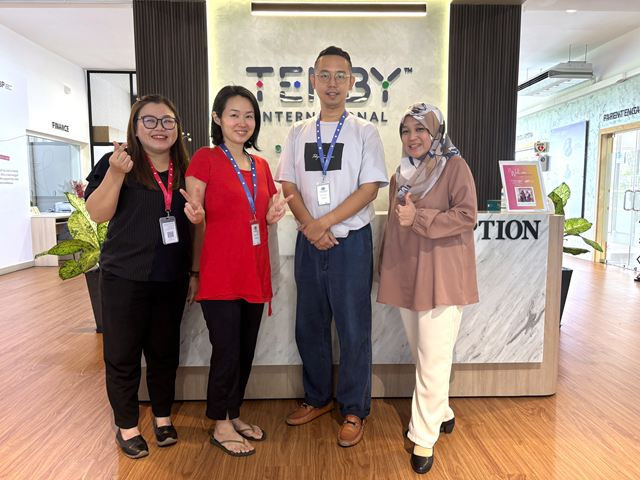
A commemorative photo with the Tenby representative.

The area around Tenby International School (Setia Eco Hill campus) is mainly a residential neighborhood with many detached houses, although there are some condominiums as well. Since shops are not within walking distance, having a car is necessary if you live here. There are local supermarkets nearby, but the closest large shopping mall is IOI City Mall in Putrajaya.
Click here for What's App
Click here for Line
Click here for Email
Tenby International School (Setia Eco Hill Campus) Basic Information ◎ Early Years Education
Target Age: 3 to 5 years old
◎ Primary School
Target Age: 5 to 11 years old
Grades: Year 1 to Year 6
Curriculum: British-style
◎ Secondary School
Age Range: 11 to 16 years
Grades: Year 7 to 9 (Key Stage 3), Year 10 to 11 (Key Stage 4)
Program: IGCSE (International General Certificate of Secondary Education)
Established: 2016
Syllabus: British Curriculum + Cambridge International (IGCSE)
Admission Intake: January, April, September (transfer students accepted year-round)
Boarding: No
Address:📍6, Jln Ecohill 1, Setia EcoHill,43500 Semenyih, Selangor
At Tabiniko, we provide education migration support in Malaysia, including international school guidance (school tours), admission assistance, rental support, and daily life support. Please feel free to contact us.
Information is subject to change without prior notice.
当サイトの内容、テキスト、画像等の無断転載・無断使用を固く禁じます。
Unauthorized copying and replication of the contents of this site, text and images are strictly prohibited.







